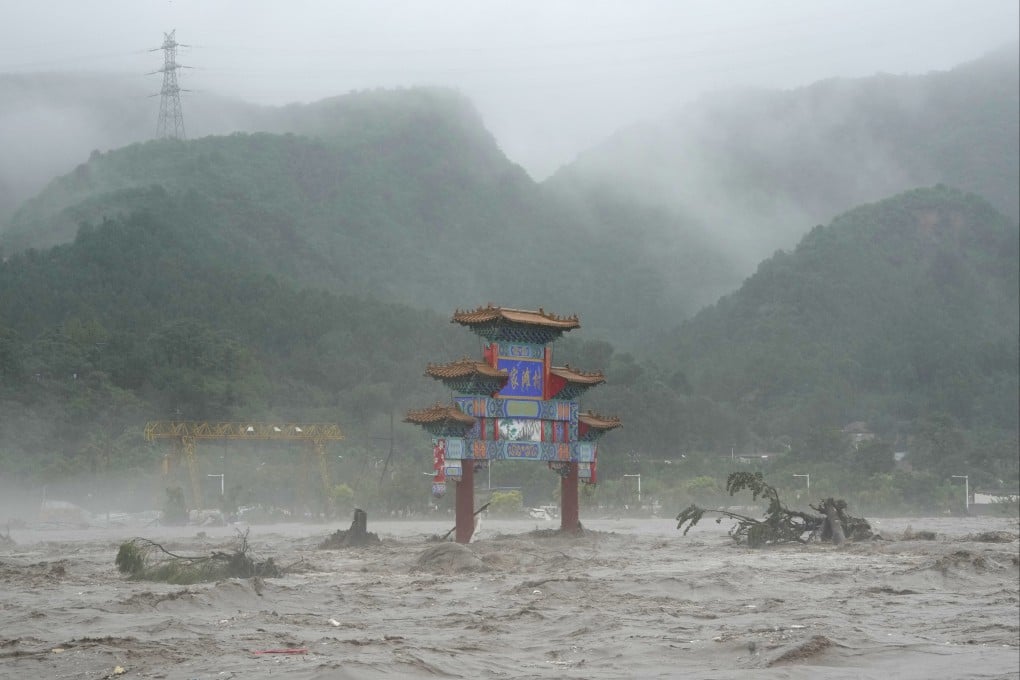As I see it | Floods highlight how China’s grand ambitions for the Beijing area carry a heavy cost for outlying areas
- The admission that the area surrounding the capital would serve as a ‘moat’ has angered residents and raised questions about a lack of consultation
- The authorities made it clear that protecting grand projects such planned new city of Xiongan is the priority, but its location leaves it vulnerable to global warming

The Beijing authorities pledged over a decade ago to turn the capital into a “most liveable” world-class metropolis within the next 10 years.
But despite a spree of infrastructure building, their ambitions took a blow after a torrential downpour in the summer of 2012 killed 37 people and effectively paralysed the city of over 20 million.
As proof that extreme weather is becoming the “new normal”, the capital, still reeling from its long summer heatwave, saw the heaviest rainfall in 140 years after over 80 hours of almost continuous rain between July 29 and August 1.
It quickly became one of the deadliest disasters for the region in years, causing severe flooding and landslides, with at least 21 dead and over 30 missing in Beijing and neighbouring cities in Hebei.
Meteorologists and climate experts have blamed worsening global warming for the increasingly frequent extreme weather events, with one leading expert at China’s National Climate Centre describing them as nature’s “revenge” on humanity.

